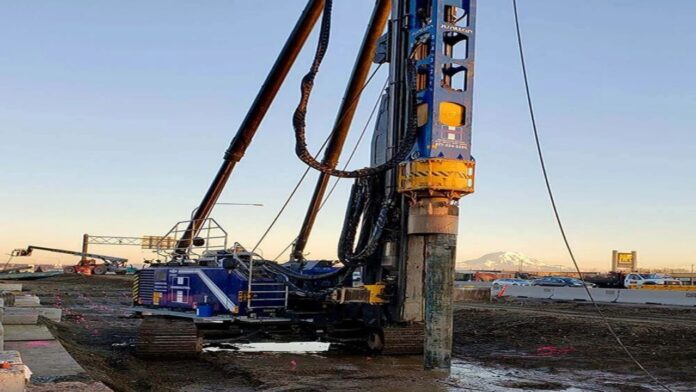As the demand for stronger and more reliable structures increases, so does the need for robust materials that can stand up to these demands. One such material is the ASTM A252 Piling Pipe. Known for its high-quality and durability, the ASTM A252 Piling Pipe has become a crucial component in structural and geotechnical engineering projects worldwide. This article provides an in-depth analysis of the ASTM A252 Piling Pipe, focusing on its material composition, structural design, and performance in various applications.
Material Composition
The ASTM A252 Piling Pipe is manufactured using a specific type of steel – carbon steel. The three grades of ASTM A252 steel are Grade 1, Grade 2, and Grade 3, each differentiated by their yield and tensile strength. Grade 1 has the lowest yield strength and tensile strength, while Grade 3 possesses the highest.
While all grades of the ASTM A252 are able to withstand considerable load and pressure, the choice of grade is generally influenced by the specific needs of the project at hand. For instance, Grade 3, with its superior strength, would be a preferred choice for large-scale and high-pressure applications.
Structural Design
The ASTM A252 Piling Pipe is designed to be strong and resilient. It’s made using an electric resistance weld (ERW) process, which leads to a seamless, solid structure. This enhances the pipe’s ability to withstand high pressure and heavy loads, making it ideal for use in a variety of construction and industrial applications.
The pipe is available in various diameters and wall thicknesses to suit different project requirements. This flexibility in size, combined with the high strength of the material, allows ASTM A252 Piling Pipe to be utilized in a range of structures, from bridges and buildings to offshore platforms.
Performance Evaluation
ASTM A252 Piling Pipes are renowned for their exceptional performance. They are resistant to a variety of environmental conditions, including corrosion, wear and tear, and extreme weather. This makes them highly reliable in the demanding and often unpredictable conditions of construction sites.
Moreover, these pipes can endure considerable mechanical stress, making them ideal for high-load-bearing structures. They also have good weldability, allowing them to be connected seamlessly and securely, further enhancing their structural integrity.
Case Studies
There are several examples of ASTM A252 Piling Pipes being successfully used in various projects. For instance, they were integral in the construction of the Golden Gate Bridge in San Francisco, USA. Their strength and durability enabled the bridge to withstand high wind loads and the weight of countless vehicles.
Another notable example is the use of ASTM A252 Piling Pipes in offshore wind farms. Here, the pipes’ resistance to corrosion, ability to handle high load, and adaptability to varying diameters and thicknesses made them ideal for the demanding conditions of the marine environment.
Conclusion
In summary, the ASTM A252 Piling Pipe, with its robust material composition, flexible structural design, and proven performance, is a reliable choice for a range of construction and engineering projects. Its use in various case studies further illustrates its versatility and effectiveness.
The future of construction and engineering lies in materials like the ASTM A252 Piling Pipe. As our demand for stronger, more reliable structures increases, we can confidently turn to ASTM A252 for dependable solutions.







